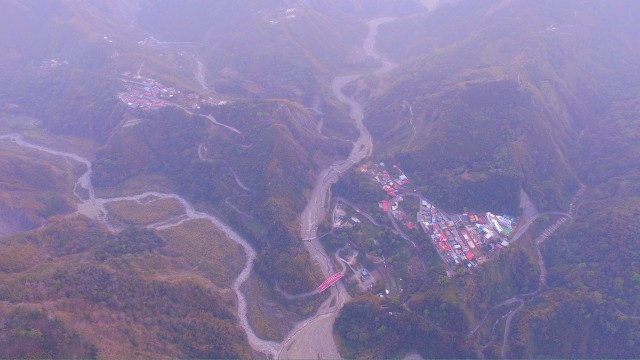Too Easy just type FAA 400ft rule here's just one with the Actual FAA Suggested Guideline Max altitude - law or guideline? & I do not condone breaking the rules just to be clear
Not a guidleline... right from your linked thread...
In January of this year, the AMA requested that the FAA clarify the 400-foot issue in writing. We are happy to share that in a recent letter to the AMA, the FAA recognized AMA’s role as a community-based organization and acknowledged our safety program, including allowing flight above 400 feet under appropriate circumstance. The primary AMA requirement is that you must maintain visual contact and be prepared to avoid collision with AC. Also stay below 400' when within 3 miles of an airport.
In this letter, dated July 7, 2016, the FAA states:
Essentially, this letter confirms that sailplanes, large model aircraft, turbines, and other disciplines can responsibly operate above 400 feet if the AMA member is operating within our safety programming. Equally important, the FAA again acknowledges AMA as a community-based organization.
- “…model aircraft may be flown consistently with Section 336 and agency guidelines at altitudes above 400 feet when following a community-based organization’s safety guidelines.”
“Community-based organizations, such as the Academy of Model Aeronautics, may establish altitude limitations in their safety guidelines that exceed the FAA’s 400 AGL altitude recommendation.”
You know what's part of the AMA's "safety programming"? Flying at an AMA approved RC airfield ONLY.
In other words, you can break the 400ft rule if you're AMA member flying within the bounds of an AMA approved airfield.











